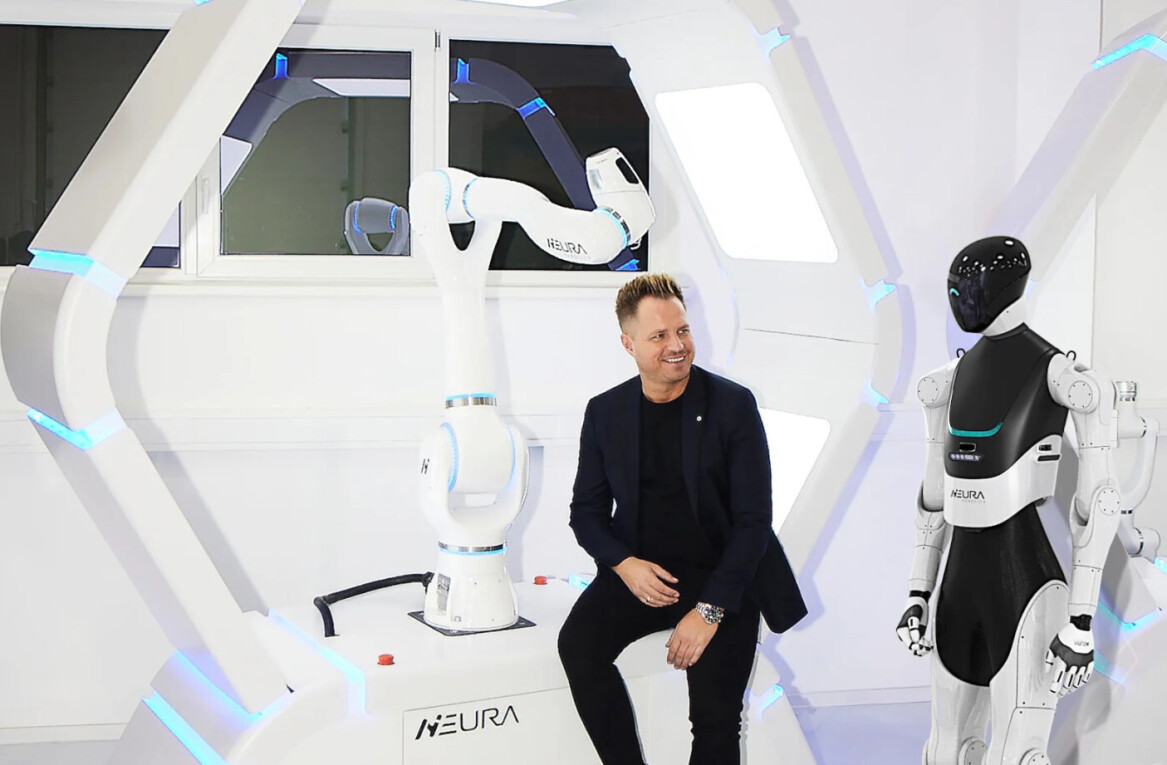
Research has shown that local dialects play an important role in self, in-group, and cultural identity. But can they also impact our interaction with robots?
This question is particularly relevant for social robots — the ones designed to interact with humans, such as classroom assistants or even the famous Sophia humanoid. To facilitate their relationship with people, these robots feature many anthropomorphic characteristics, including human-like appearance and voice.
However, studies have so far been divided on whether the use of local dialects or standard language has a stronger effect on the perception of their trustworthiness and competence.
To further shed light on this inconsistency, a research team from the University of Potsdam ran an experiment using standard German and the Berlin dialect.
“It’s not only about the robot,” Katharina Kühne, lead author of the study, told TNW. “We, as humans, also bring ourselves in that interaction. And very often we ignore the human element. So we wanted to look at this relationship from both sides,” she added.
To assess the impact of the local dialect, the team surveyed 120 Berlin residents. The participants watched a video in which the robot uses a male human voice and speaks in standard German or the Berlin dialect.
Here’s what the difference between the two sounds like:
The participants had to rate the robot’s trustworthiness and competence on a scale from 1 to 7. They also had to fill in demographic information (such as age, gender, and duration of residence in Berlin) as well as evaluate how proficient they are in the Berlin dialect and how often they use it.
The role of dialect
Overall, the survey found a direct link between competence and trust. It also showed a slight trend of preference towards the standard German-speaking robot. Nevertheless, the difference wasn’t statistically significant and both robots had comparable ratings.
Notably though, the participants who considered themselves more proficient in the Berlin dialect favoured the dialect-speaking robot in both respects, regardless of any other factor.
According to Kühne, there are two mechanisms at play.
“For trust, there’s the similarity attraction principle: I like the one who is like me,” she explained. “And for competence, there’s this general idea that a standard language-speaking person is more confident, probably more educated, more intelligent, if you want.”
She notes that it’s also important to consider the context and the use case of the interaction in order to determine whether trust or competence is more important in communication.
“It’s probably not very usual to use dialect in school or news on TV, but if you talk about everyday things, then it’s nice to use it in an elderly home, for example.”
The team plans to conduct further studies on other dialects which have their own linguistic and cultural differences. Kühne believes that endowing dialects in robots present one of the ways to personalise and build an effective relationship with them.
Get the TNW newsletter
Get the most important tech news in your inbox each week.





